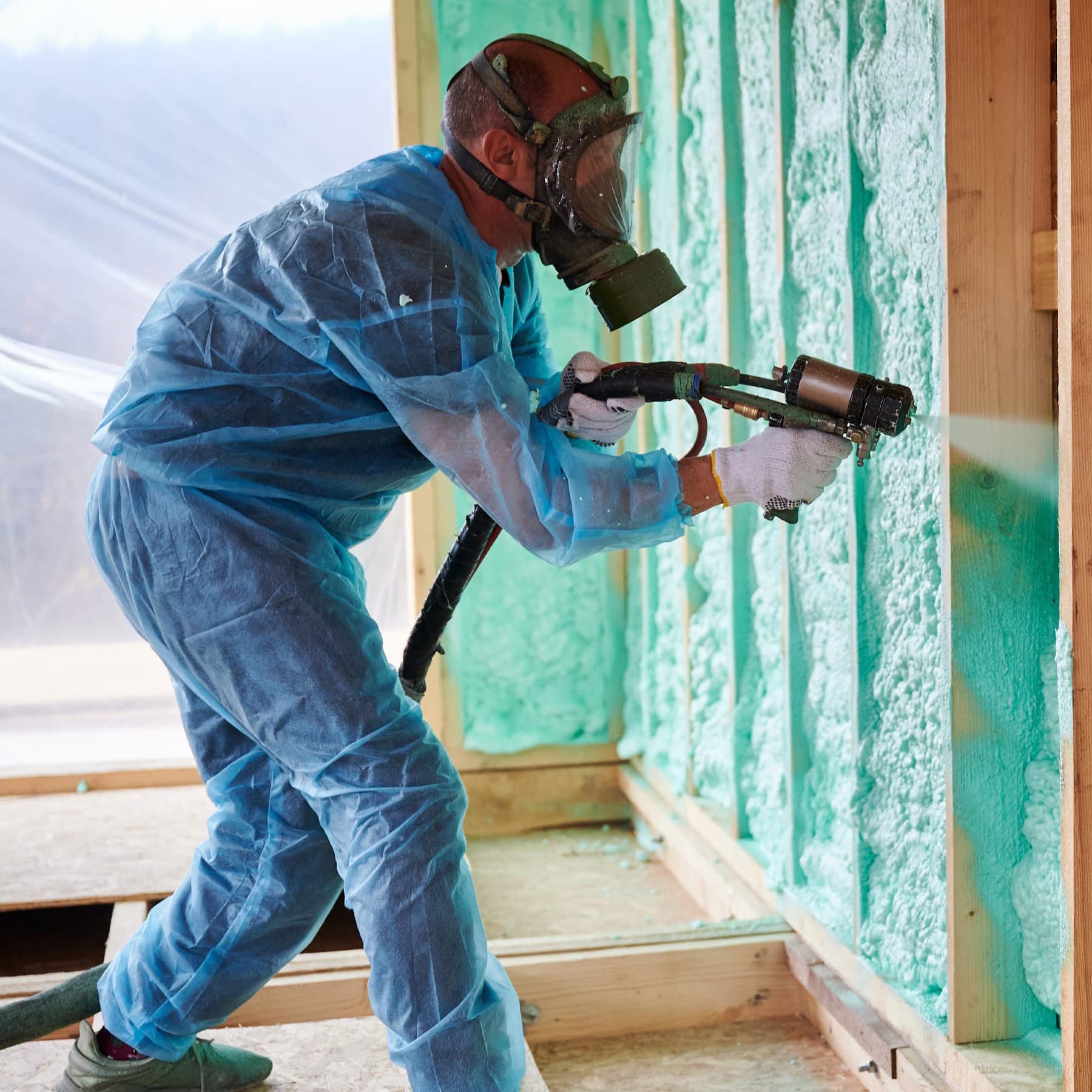Soundproofing London
Soundproofing in London with Metropolitan Insulation
At Metropolitan Insulation Services, we offer the most effective soundproofing London solutions.
We have many years experience of domestic soundproofing in London with many satisfied clients.
For soundproofing London Solutions call us now on 0800 028 4042 for an instant response.
Performance Standards for Sound Insulation, soundproofing London.
When working towards the Building Regulations 2000, the approved Document E will provide guidance on how to meet the regulations. The standards that complete the Building Regulations 2000, concern the sound resistance of floors and stairs, and to the airborne sound resistance of walls in new-builds. It also highlights where the is change of usage in an existing building.
This is of great importance when considering you soundproofing London solution.
Airborne sound can include speech, music from instruments and speakers. Impact sound is different to airborne sound as it includes footsteps and moving furniture.
The most common cases where there is a material change of use (which then requires sound insulation) are: when a building is/has been used as a dwelling, boarding house, hotel or when the building now contains a flat/room for residential purposes that it previously didn't. Also, if a building now contains a greater/lesser number of dwellings/rooms for residential purposes that it did previously.
When compliance is needed sound testing is then required to adhere with paragraph E1 (Protection against sound from other parts of the building and adjoining buildings) of Schedule 1 to the Building Regulations 2000. If the build contains sound insulation then whoever is carrying out the work (the required tests need to be carried out by an appropriate third party accreditation, preferably with UKAS accreditation) needs to test that also.
A copy of the test results need to be submitted to the local authority, no more than five days after the testing has been carried out.
The need for theses tests came into play on the 1st July 2003, however, it was a year later on the 1st July 2004 that testing new build dwelling houses and flats would come into effect.
Below are tables illustrating performance standards for separating walls, floors, and stairs in dwelling-houses and flats.
E1 – Purpose built dwelling-houses and flats
| Structure | Airborne sound insulation, DnT,w + Ctr dB (Minimum values) | Impact sound insulation, L'nT,w dB (Maximum values) |
|---|---|---|
| Walls | 45 | - |
| Floors and Stairs | 45 | 62 |
E1 – Dwelling-houses and flats formed by material change of use
| Structure | Airborne sound insulation, DnT,w + Ctr dB (Minimum values) | Impact sound insulation, L'nT,w dB (Maximum values) |
|---|---|---|
| Walls | 43 | - |
| Floors and Stairs | 43 | 64 |
Below are tables illustrating performance standards for separating walls, floors, and stairs in rooms for residential purposes.
E1 – Purpose built rooms for residential use
| Structure | Airborne sound insulation, DnT,w + Ctr dB (Minimum values) | Impact sound insulation, L'nT,w dB (Maximum values) |
|---|---|---|
| Walls | 43 | - |
| Floors and Stairs | 45 | 62 |
E1 – Rooms for residential purposes formed by material change of use
| Structure | Airborne sound insulation, DnT,w + Ctr dB (Minimum values) | Impact sound insulation, L'nT,w dB (Maximum values) |
|---|---|---|
| Walls | 43 | - |
| Floors and Stairs | 43 | 64 |
E2. Protection against sound within a dwelling-house etc.
The above only applies to a new build. When the build is being built, internal floors and walls between a bedroom, or a room that contains a water closet, and other room shall all be designed with sound resistance in mind.
E2 – Laboratory values for new internal walls and floors within: dwelling-houses, flats and rooms for residential purposes, whether purpose built or formed by material change of use.
| Structure | Airborne sound insulation Rw dB (Minimum values) |
|---|---|
| Walls | 40 |
| Floors | 40 |
Note 1: The above table does not need to be tested on site.
E3. Reverberation in the common parts of buildings containing flats or rooms for residential purposes.
The above applies to new build and where there is a need for a material change in an existing build.
To ensure that reverberation is kept to reasonable levels in corridors, hallways, stairwells and entrance halls, the sound absorption levels in the materials have to be taken into account.
There are different measurements in different parts of the build, for instance, in a corridor or hallway, the ratio of the longest to the shortest floor dimension is greater than threw, whereas an entrance hall is less than three.



